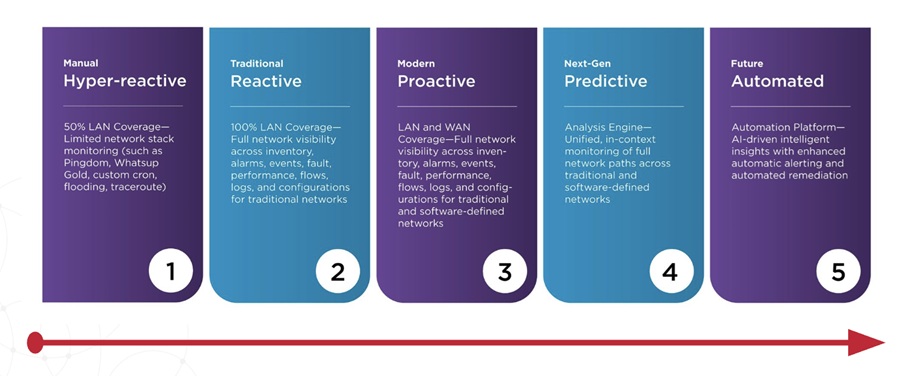Organizations with massive cloud and virtualized environments are turning to SSDs to address application performance gaps and improve infrastructure efficiency. However, integrating SSDs in legacy IT environments can be challenging and costly. Limitations on the number of SSDs per array can force clients to buy multiple systems, which in turn increases physical footprint, power usage and cooling expenses.
In addition, administrators are often required to move data manually between storage tiers to optimize service levels. This extremely time-intensive process increases data-center maintenance requirements, which can eliminate the performance and cost benefits that SSDs deliver.
The new all-SSD configuration for HP 3PAR P10000 Storage eliminates these issues with a single tier of solid state storage while also delivering the same industry-leading performance as the existing HP 3PAR P10000.
By supporting up to 512 SSDs per array, the all-SSD HP 3PAR system reduces equipment costs, data-center footprint and energy expenses. Client cost per input/output operations per second is reduced by 70 percent, and cost per kilowatt hour is cut by more than 80 percent, making all-SSD HP 3PAR P10000 Storage ideal for performance-driven applications.
HP 3PAR P10000 systems also allow clients to combine SSDs with traditional Fibre Channel drives and deploy HP 3PAR Adaptive Optimization software to achieve autonomic storage tiering. Adaptive Optimization distributes data to the right storage tier at the right time, reducing data-center management costs and maximizing system performance.
Only HP Converged Infrastructure integrates SSDs seamlessly across servers and storage, allowing clients to improve application performance while reducing operational complexity and cost.
The new HP Smart Cache for the HP ProLiant Generation 8 (Gen8) servers will soon be available with advanced functionality that utilizes SSDs for caching to accelerate workload performance. The solution will use HP Smart Analytics technology to intelligently assign frequently accessed “hot data” to high-performance SSD drives.
By providing workload-aware intelligence to optimize system operations, this “smart caching” capability helps clients achieve six times higher performance for transactional workloads(3) as well as 50 percent more performance for video-streaming applications, compared to previous generations.(4)
HP also is extending the functionality of HP Smart Cache within HP ProLiant Gen8 servers to a converged solution with HP 3PAR Storage solutions. This collaborative-caching capability will autonomically copy data in real time from the HP 3PAR Storage arrays to the HP Smart Array SSD cache on the HP ProLiant Gen8 server. This innovative capability enables clients to improve performance while reducing costs and latency, resulting in more agility when responding to service-level demands.
“While SSDs deliver critical performance for cloud and virtualized workloads, legacy infrastructures fail to maximize the technology’s return on investment by requiring intensive data-tiering administration,” said David Scott, Sr. VP and GM, Storage Division, HP. “The ability to intelligently automate data mobility between HP ProLiant servers and HP 3PAR systems within array tiers fully actualizes SSD performance and efficiency so clients can focus more time growing the business instead of managing the back office.”
Click here to find out more about HP 3PAR P10000 Storage
Click here to find out more about HP 3PAR Adaptive Optimization software
The Latest
According to Auvik's 2025 IT Trends Report, 60% of IT professionals feel at least moderately burned out on the job, with 43% stating that their workload is contributing to work stress. At the same time, many IT professionals are naming AI and machine learning as key areas they'd most like to upskill ...
Businesses that face downtime or outages risk financial and reputational damage, as well as reducing partner, shareholder, and customer trust. One of the major challenges that enterprises face is implementing a robust business continuity plan. What's the solution? The answer may lie in disaster recovery tactics such as truly immutable storage and regular disaster recovery testing ...
IT spending is expected to jump nearly 10% in 2025, and organizations are now facing pressure to manage costs without slowing down critical functions like observability. To meet the challenge, leaders are turning to smarter, more cost effective business strategies. Enter stage right: OpenTelemetry, the missing piece of the puzzle that is no longer just an option but rather a strategic advantage ...
Amidst the threat of cyberhacks and data breaches, companies install several security measures to keep their business safely afloat. These measures aim to protect businesses, employees, and crucial data. Yet, employees perceive them as burdensome. Frustrated with complex logins, slow access, and constant security checks, workers decide to completely bypass all security set-ups ...

In MEAN TIME TO INSIGHT Episode 13, Shamus McGillicuddy, VP of Research, Network Infrastructure and Operations, at EMA discusses hybrid multi-cloud networking strategy ...
In high-traffic environments, the sheer volume and unpredictable nature of network incidents can quickly overwhelm even the most skilled teams, hindering their ability to react swiftly and effectively, potentially impacting service availability and overall business performance. This is where closed-loop remediation comes into the picture: an IT management concept designed to address the escalating complexity of modern networks ...
In 2025, enterprise workflows are undergoing a seismic shift. Propelled by breakthroughs in generative AI (GenAI), large language models (LLMs), and natural language processing (NLP), a new paradigm is emerging — agentic AI. This technology is not just automating tasks; it's reimagining how organizations make decisions, engage customers, and operate at scale ...
In the early days of the cloud revolution, business leaders perceived cloud services as a means of sidelining IT organizations. IT was too slow, too expensive, or incapable of supporting new technologies. With a team of developers, line of business managers could deploy new applications and services in the cloud. IT has been fighting to retake control ever since. Today, IT is back in the driver's seat, according to new research by Enterprise Management Associates (EMA) ...
In today's fast-paced and increasingly complex network environments, Network Operations Centers (NOCs) are the backbone of ensuring continuous uptime, smooth service delivery, and rapid issue resolution. However, the challenges faced by NOC teams are only growing. In a recent study, 78% state network complexity has grown significantly over the last few years while 84% regularly learn about network issues from users. It is imperative we adopt a new approach to managing today's network experiences ...

From growing reliance on FinOps teams to the increasing attention on artificial intelligence (AI), and software licensing, the Flexera 2025 State of the Cloud Report digs into how organizations are improving cloud spend efficiency, while tackling the complexities of emerging technologies ...
